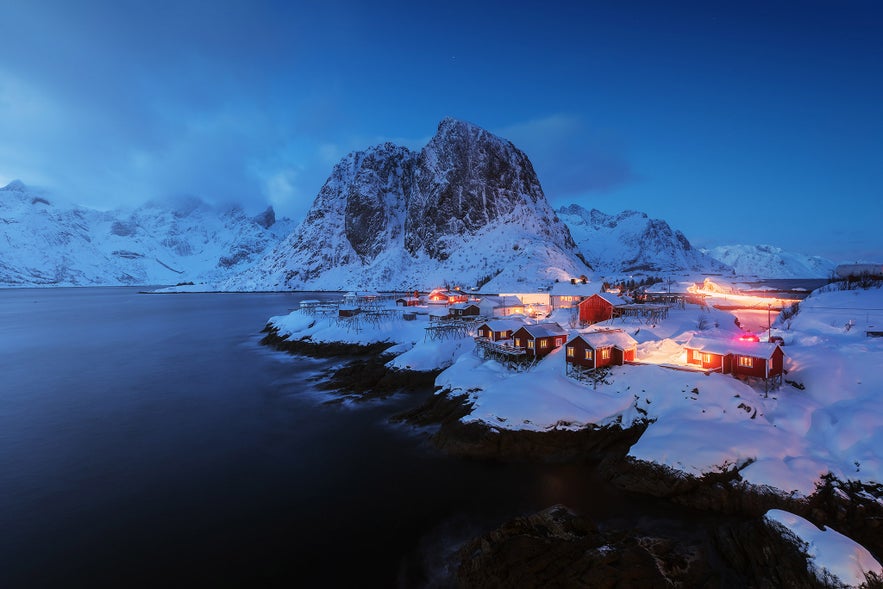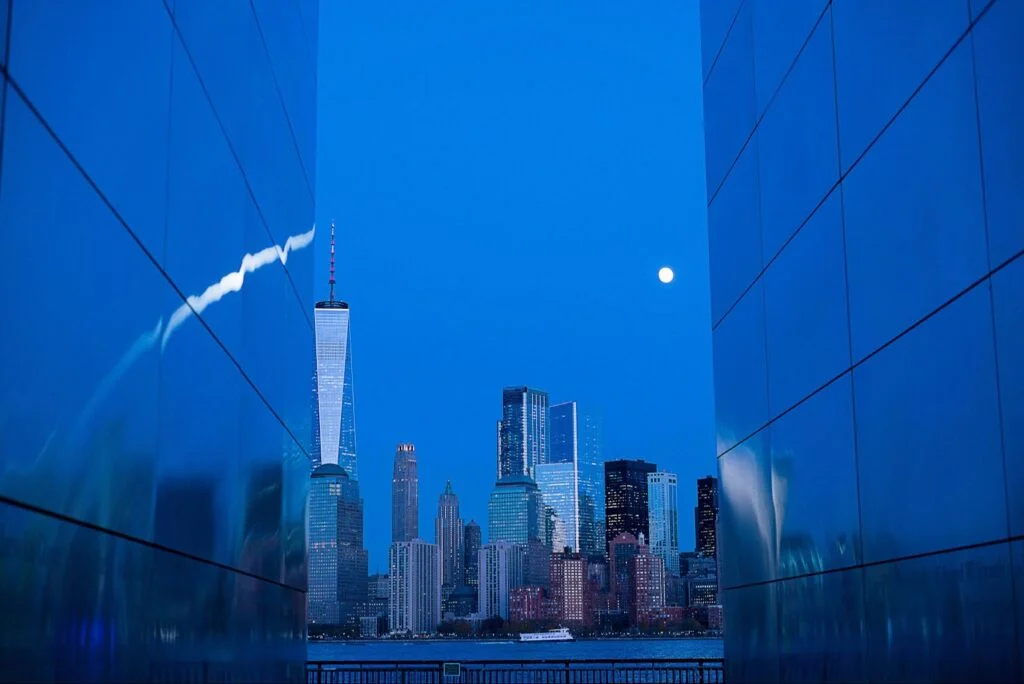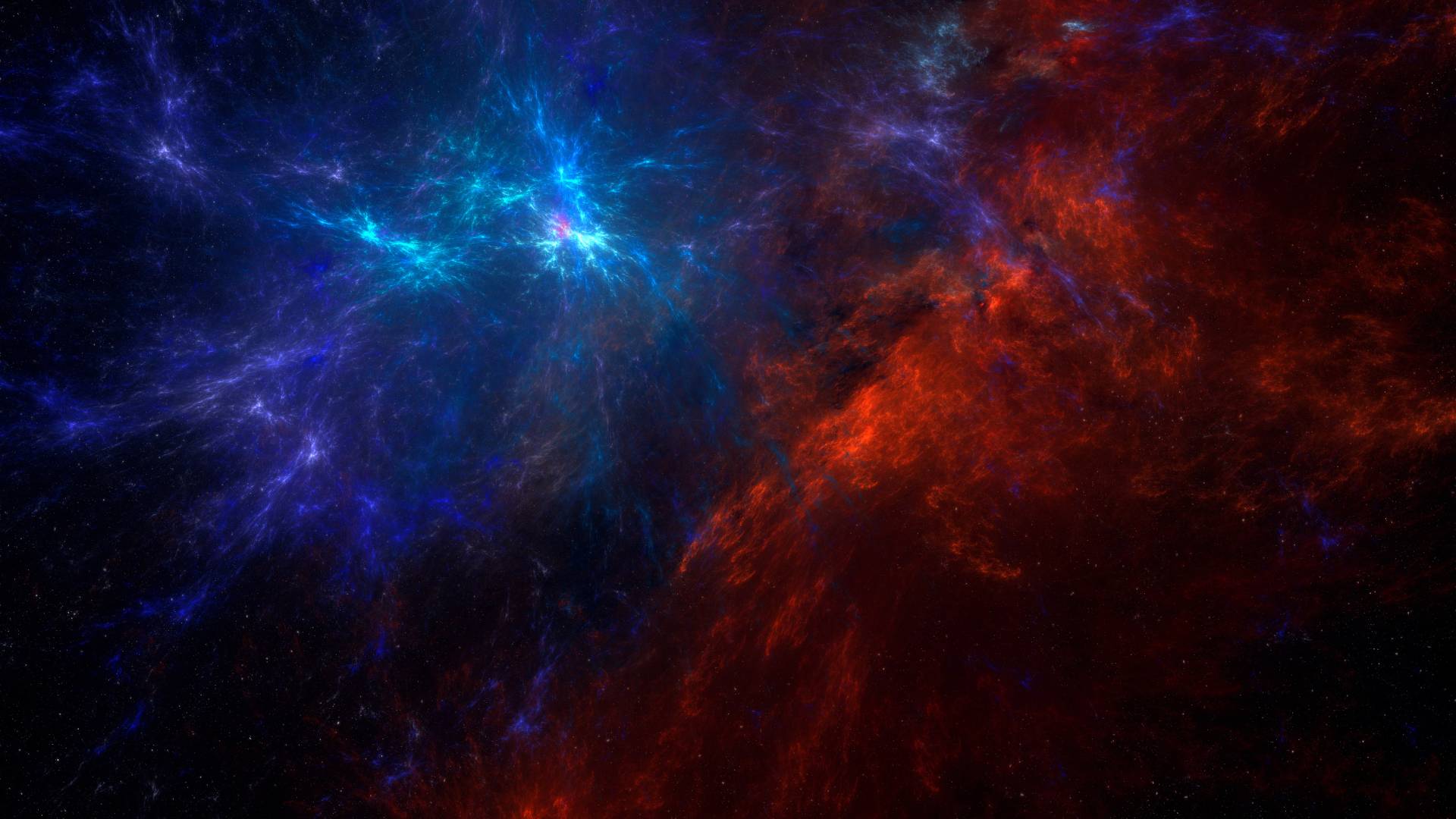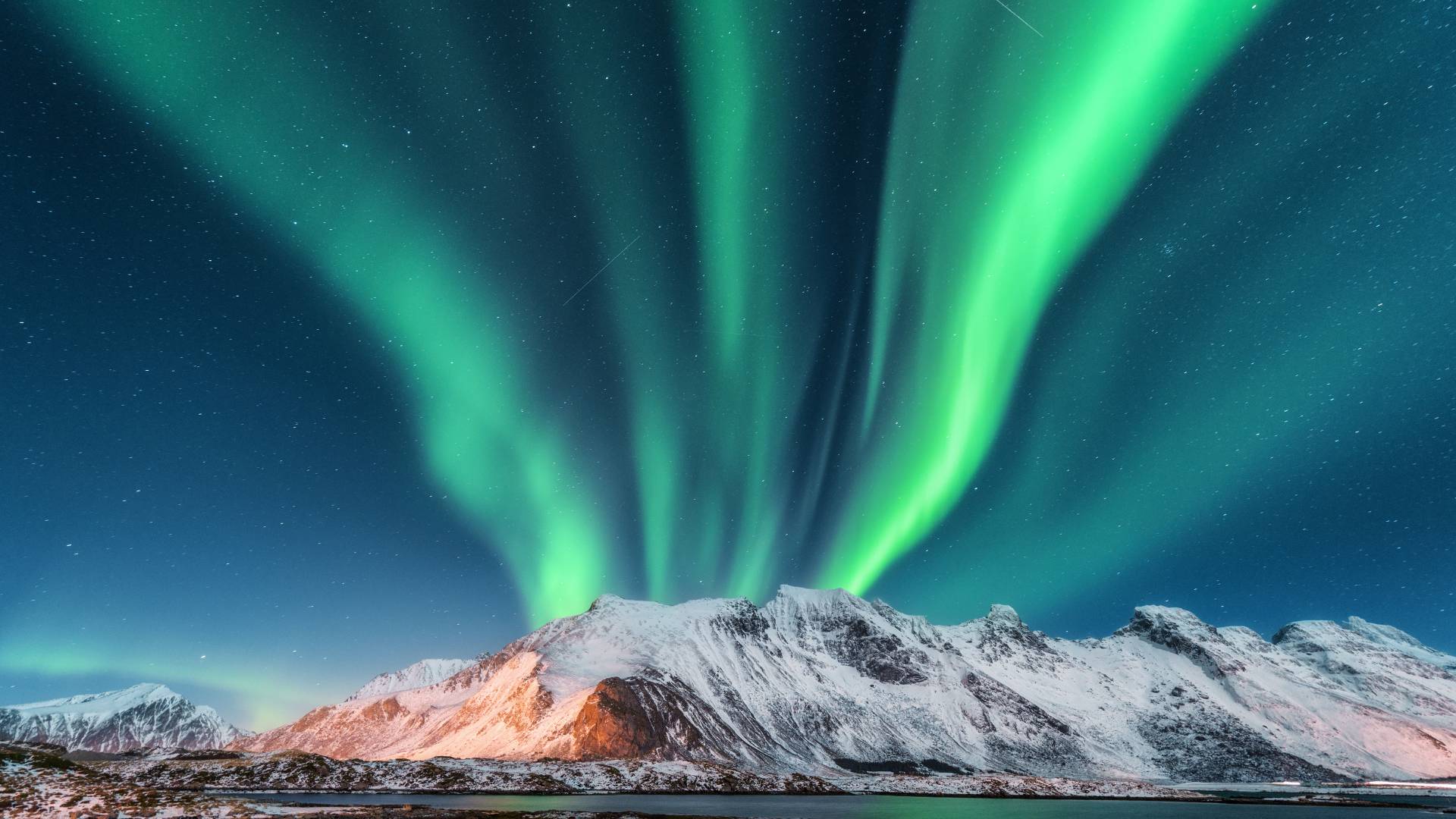There’s a short window of time every day when the world seems to pause — the light softens, the sky turns deep blue, and everything around you glows with a quiet magic. Photographers call this moment the Blue Hour, and stargazers know it as the gentle bridge between day and night.
It’s the time when city lights twinkle but the first stars begin to appear. Shadows fade, colors deepen, and the sky takes on a surreal tone that feels straight out of a dream.
At Spaceyv, we love exploring the moments when science meets beauty — and the Blue Hour is one of nature’s most poetic transitions. In this article, we’ll uncover what the Blue Hour really is, why it happens, how it affects stargazing, and how photographers can use it to capture stunning, atmospheric shots.
🌙 What Is the Blue Hour?
The Blue Hour is the period of twilight that occurs just before sunrise and just after sunset, when the sun is below the horizon but still illuminates the sky indirectly.
During this time, the sun’s light is scattered through the atmosphere, producing rich blue and violet hues that give this hour its name.
In reality, it doesn’t last an hour — it typically lasts between 20 to 40 minutes, depending on your location, time of year, and weather conditions.
There are actually two Blue Hours every day:
-
Morning Blue Hour: Before sunrise (between night and daylight)
-
Evening Blue Hour: After sunset (between daylight and night)
Both offer breathtaking views — one filled with the quiet promise of dawn, the other with the fading warmth of sunset.
🌅 The Science Behind the Blue Hour
The secret to the Blue Hour lies in Rayleigh scattering, the same process that makes the sky blue during the day.
When the sun is 6° to 8° below the horizon, its light travels a longer path through Earth’s atmosphere. The shorter wavelengths (blue and violet) scatter more widely, while longer wavelengths (red, orange, yellow) are filtered out.
However, our eyes are less sensitive to violet, so we see a deep blue glow spread across the sky — often fading from indigo near the horizon to lighter azure above.
Key Factors That Affect the Blue Hour:
-
Atmospheric Conditions: Clear skies enhance blue intensity; haze or pollution can dull the effect.
-
Latitude: Closer to the poles, twilight lasts longer; near the equator, it’s shorter.
-
Season: In summer, twilight lingers; in winter, it passes quickly.
-
Elevation: Higher altitudes experience more vivid colors due to thinner air.
In essence, the Blue Hour is Earth’s natural filter — a moment when light bends and scatters just enough to create magic in the sky.

🌌 The Blue Hour vs. The Golden Hour
Many photographers and sky lovers confuse the Blue Hour with the Golden Hour — both are twilight phases, but they offer completely different moods.
| Feature | Golden Hour | Blue Hour |
|---|---|---|
| When It Occurs | Right after sunrise or before sunset | Just before sunrise or after sunset |
| Color Tone | Warm, golden, orange-red | Cool, blue, violet |
| Lighting Quality | Soft and warm | Deep, diffused, and mysterious |
| Best For | Portraits, landscapes, warm tones | Night photography, cityscapes, stargazing |
| Duration | 30–60 minutes | 20–40 minutes |
If the Golden Hour is about warmth and glow, the Blue Hour is about calm and contrast — the moment when the world shifts from light to night.
🌠 Why the Blue Hour Is Perfect for Stargazing
Most stargazers wait for the night sky to become completely dark — but the Blue Hour offers a special kind of magic.
During this transition, bright planets, the Moon, and the first stars like Sirius, Vega, and Arcturus start appearing while the sky still holds a soft blue tone. This combination creates an enchanting visual — a blend of daylight’s clarity and night’s mystery.
🌌 Here’s Why Stargazing During the Blue Hour Feels Magical:
-
Balance of Light and Darkness:
The subtle glow of the sky enhances the outlines of celestial bodies, creating a painterly effect. -
The Moon’s Texture Pops:
When the moon rises during the Blue Hour, its features — craters and maria — appear more textured and visible, thanks to balanced contrast. -
Planets Shine Early:
Venus (the “Evening Star”) and Jupiter often appear before other stars, glowing brightly against the twilight sky. -
Calm Atmosphere:
The temperature usually drops slightly, winds calm, and air steadies — perfect for telescope viewing. -
Human Connection:
Many stargazers describe this time as “spiritually still” — a reminder of our place between day and night, earth and cosmos.
Pro tip: For the clearest view, move away from city lights and face east during morning Blue Hour or west during evening Blue Hour.
📸 Why Photographers Love the Blue Hour
The Blue Hour is one of the most beloved times of day for photographers — especially those capturing landscapes, architecture, or night scenes.
Its soft, cool light eliminates harsh shadows, while city lights and reflections begin to glow. This creates a perfect balance between natural and artificial illumination, giving photos an almost cinematic quality.
🔹 Ideal Subjects to Photograph During Blue Hour:
-
City Skylines: Building lights contrast beautifully with the deep blue sky.
-
Water Reflections: Lakes, harbors, and rivers mirror the soft hues perfectly.
-
Landscapes: The blue light adds a dreamy or moody feel to mountains and forests.
-
Astrophotography: A great time to capture the moon, planets, or even star trails beginning to form.
-
Portraits: The diffused light flatters skin tones and creates elegant, moody shots.
📷 Camera Settings for Blue Hour Photography:
To get that signature “Blue Hour look,” start with these settings (adjust as needed):
-
Mode: Manual or Aperture Priority
-
Aperture: f/5.6 – f/8
-
ISO: 100–400
-
Shutter Speed: 1–10 seconds (use a tripod)
-
White Balance: Set to “Tungsten” or manually around 3200–4000K for cool tones
-
Tripod: Essential for stability during long exposures
-
Remote Shutter or Timer: Avoids shake when pressing the shutter
Bonus tip: If photographing cityscapes, take multiple exposures to blend natural twilight with bright artificial lights.
🕰️ How Long Does the Blue Hour Last?
The Blue Hour duration depends on your latitude and season. In general:
-
Near the Equator: Around 20–25 minutes
-
Mid-Latitudes (like New York, Rome, Tokyo): 30–40 minutes
-
High Latitudes (like Norway, Alaska): Can last more than an hour
In summer months at higher latitudes, twilight can linger so long that the sky never becomes fully dark — creating extended “blue nights.”
You can calculate the exact Blue Hour for your location using apps like:
These apps show when the sun is 6°–8° below the horizon — the true Blue Hour window.
🌍 The Blue Hour Across Cultures
Throughout history, the Blue Hour has held deep cultural and poetic significance.
-
In French culture, it’s called L’heure bleue — the hour between daylight and night when lovers meet and dreams awaken.
-
In Japanese aesthetics, it connects with yūgen — the subtle beauty of the fading light and the unseen world.
-
In photography and art, it’s often used to convey peace, nostalgia, or mystery.
-
In literature, the term often represents transition — between life stages, emotions, or realms.
The Blue Hour reminds us that beauty exists in the in-between — in moments of change and impermanence.

🌠 The Blue Hour and the Human Mind
There’s also a psychological effect to this time of day. Scientists suggest that the Blue Hour can have calming effects due to the dominance of blue wavelengths, which help regulate circadian rhythms and induce relaxation.
Benefits for the Mind:
-
Reduced Stress: The blue light and cooler tones calm the nervous system.
-
Enhanced Creativity: Many artists, poets, and photographers feel inspired during twilight transitions.
-
Sense of Awe: Observing this natural phenomenon reconnects us with rhythm, time, and nature’s cycles.
No wonder many people call the Blue Hour “the hour of peace.”
🌕 Blue Hour + Moonrise: A Perfect Combination
One of the most breathtaking sights you can experience is a moonrise during the Blue Hour.
As the moon climbs above the horizon, it glows softly against the fading blue sky, often tinted with faint pink or purple tones from the sunset’s afterglow. This contrast makes for stunning photographs — and even more magical memories.
To catch this phenomenon:
-
Check moonrise times for your location.
-
Be ready 15–20 minutes before it begins.
-
Find a foreground — trees, mountains, or buildings for composition.
-
Use a telephoto lens (200mm+) to emphasize the moon’s size.
🔭 How to Enjoy the Blue Hour as a Stargazer
Even without a camera, the Blue Hour offers an enchanting experience for anyone who loves the night sky. Here’s how to make the most of it:
-
Plan Your Spot: Choose a clear, elevated area away from city light pollution.
-
Bring Binoculars: Early planets like Venus or Jupiter appear during this time.
-
Check Weather Apps: Clouds can enhance colors but block faint stars.
-
Watch for Satellites: The ISS (International Space Station) is often visible right after sunset.
-
Stay a While: As Blue Hour fades, true night begins — revealing the Milky Way or deep-sky objects.

📖 The Symbolism of the Blue Hour
Symbolically, the Blue Hour represents transition, reflection, and duality — the space between what was and what will be.
It reminds us that the universe is always moving, shifting, and transforming — and we’re part of that rhythm.
In astrology and energy practices, twilight is considered a “veil time” — a moment when intuitive awareness heightens and boundaries between the physical and spiritual soften.
No wonder it’s a favorite time for meditation, journaling, and quiet observation of the stars.
🌌 Final Thoughts: The Magic Between Day and Night
The Blue Hour is more than a scientific phenomenon — it’s a daily reminder that beauty exists in transition.
Whether you’re a photographer capturing the perfect twilight frame, a stargazer watching Venus emerge in a sapphire sky, or simply someone taking a moment to breathe and watch the light change — the Blue Hour invites you to pause and feel connected to the rhythm of the cosmos.
At Spaceyv, we believe these moments are where science meets wonder — where observation turns into awe, and the sky becomes our daily masterpiece.
So tomorrow, when the sun sets and the world fades into blue, look up.
You’re not just watching the sky — you’re witnessing one of Earth’s most magical hours unfold.



